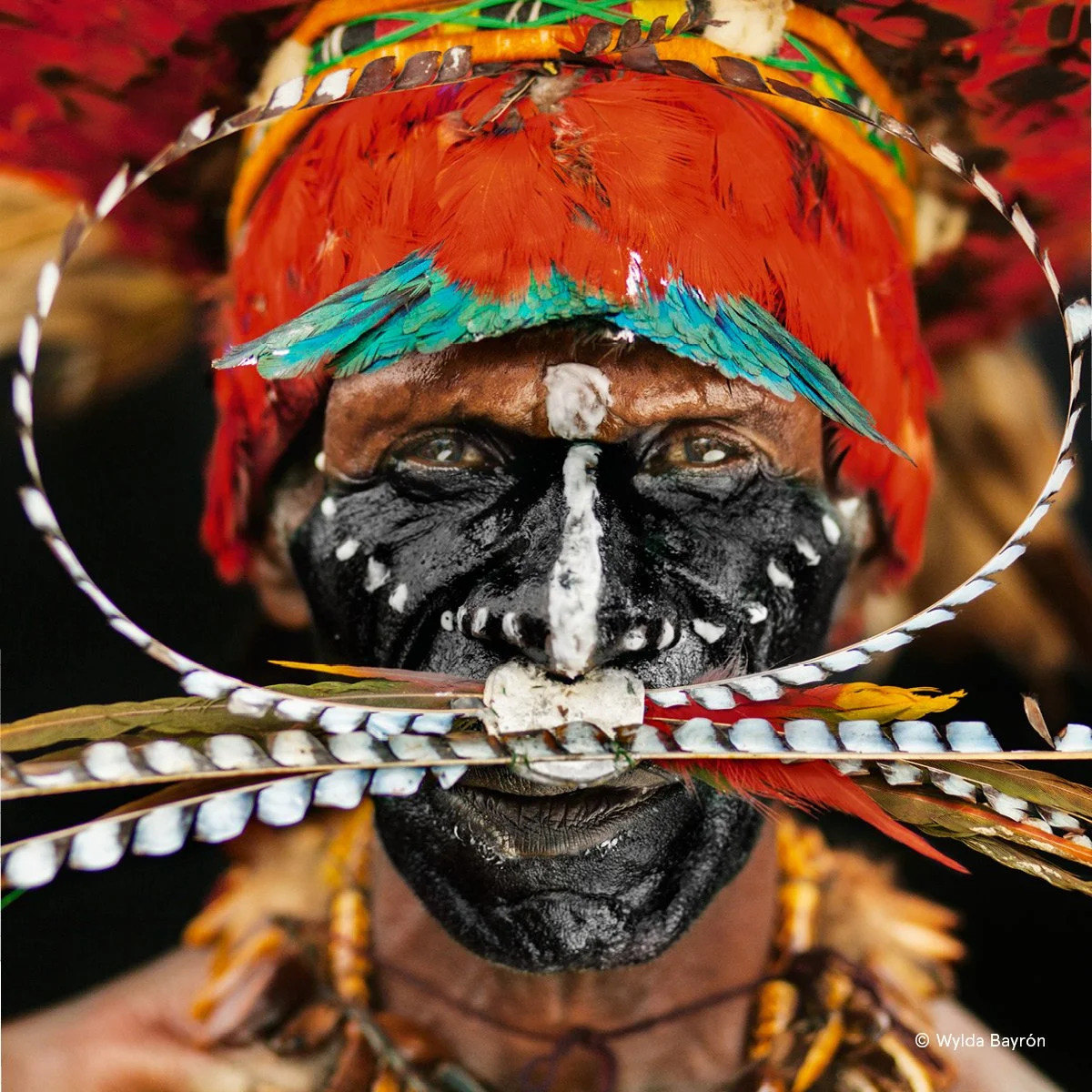The Ainu are among the oldest and most recognizable of Japan's native populations. There is much debate among archaeologists, linguists, and other scholars about the Ainu people's origin and history, despite the fact that they have lived in Japan for thousands of years.
The Ainu likely originated in what is now Manchuria or the Amur River basin in northern Asia. Migration of the Ainu to Hokkaido and the rest of Japan probably occurred between 12,000 and 13,000 years ago, during the late Pleistocene epoch when sea levels were lower and land bridges connected northern Asia and Japan.
The Ainu may have descended from the Jomon, an ancient Japanese culture that flourished between 14,000 and 300 BCE. The Jomon culture is well known for its distinctive pottery, which often features intricate patterns and designs.
According to proponents of the Jomon theory, the Ainu share many physical and cultural characteristics with the Jomon people, including their pottery, their reliance on fishing and hunting, and their distinctive physical features, such as thick hair and a tendency toward epicanthic eye folds.
But not every academic believes the Jomon theory. The Ainu may have descended from the Okhotsk culture, a nomadic people who lived in what is now the Russian Far East between c. 500 b.c.e. and c. 1200 a.d. The Okhotsk culture was well-known for its use of iron tools and its hunting of marine mammals like seals and walruses.
Okhotsk theory proponents use linguistic and genetic evidence to buttress their argument. The Ainu language is related to other northern Asian languages, including those spoken by natives in the Russian Far East, but only on a distant genetic level. Ainu and Okhotsk populations in northern Asia share some genetic markers, according to genetic studies.
The Ainu have played a significant role in Japanese history and culture, regardless of the controversy surrounding their genesis. The indigenous Ainu people of Japan established a distinct culture and way of life in the centuries following their arrival. They lived off the land and sea, subsisting on hunting, fishing, and gathering, and developed a profound spiritual tradition based on a recognition of the inherent value of all forms of life.
The Ainu also created their own unique fashions and architectural styles, as well as elaborate wood carvings, embroidery, and beadwork. The Ainu were especially admired for the complexity and symbolism of their textiles.
The Ainu people have endured many hardships over the centuries, despite their rich cultural heritage. The Japanese government colonized Hokkaido in the late 19th century and actively pursued the assimilation of the indigenous Ainu people. The Japanese government outlawed numerous aspects of Ainu culture, including their language, religion, and traditional clothing. Furthermore, many Ainu were compelled to take on Japanese given names and surnames.
In the decades that followed, the Ainu were the target of widespread prejudice and discrimination in Japan. Many Ainu were prevented from receiving healthcare, an education, and other fundamental necessities. After WWII, the Japanese government acknowledged the Ainu as an indigenous people and began taking measures to correct past wrongs.
The Ainu people still have a long way to go before they can rest easy. The Ainu language is endangered because it is not Japanese and is instead related to the languages spoken by natives in Russia and other parts of northern Asia. Attempts are being made to revive and preserve the Ainu language for future generations, as many younger Ainu no longer speak it.
The Ainu people of Japan and the rest of the world have seen a surge in interest in their culture and history in recent years. There has been a resurgence of interest in traditional Ainu textiles and artwork, spurred in part by the opening of museums and cultural centers in Hokkaido and elsewhere in Japan.
The mysteries of Ainu history and culture have been partially solved thanks to archaeological investigations. Ainu pottery, stone tools, and other artifacts, as well as their material culture as a whole, have been uncovered through archaeological excavations.
Despite this, there is still a lot about the Ainu and their history that we don't know. There may be more to learn about the origin and history of this fascinating and resilient indigenous group if archaeologists, geneticists, and linguists dig deeper into their past.
To sum up, the Ainu are an endearing and vital part of Japan's past and present. The Ainu have persisted through many hardships to preserve their unique culture and play a significant role in modern Japan. While archaeological investigations have shed light on previously unknown aspects of Ainu history and culture, much more remains to be discovered about this intriguing and resilient indigenous people.












































